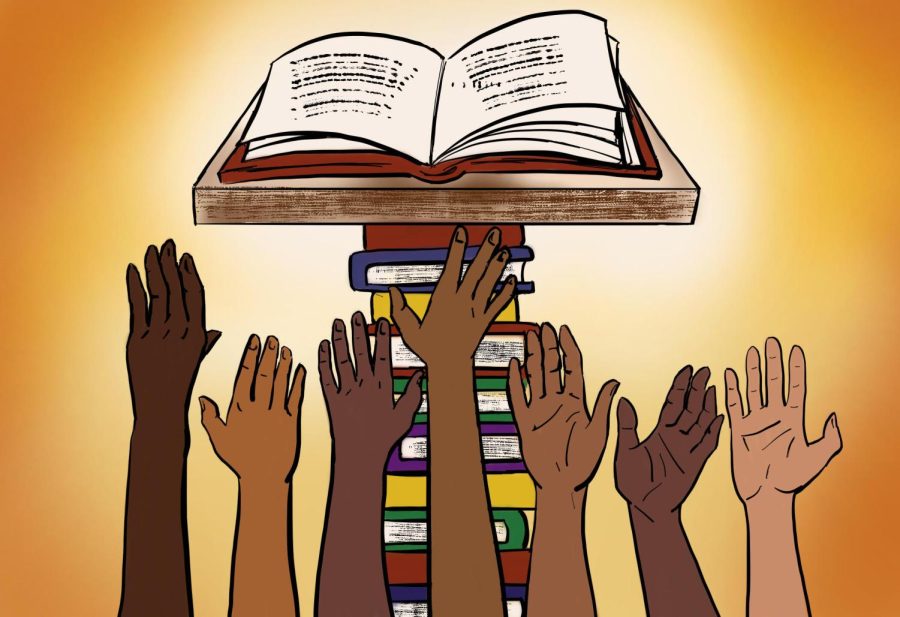Diversify core curriculum content
March 3, 2022
Diversity and inclusion on campus is said to be an essential part of UT’s core values and progress plans. Though the Office of the Executive Vice President and Provost does place some emphasis on the importance of diversity, there is no universal acceptance of diversity across all colleges on campus.
A core curriculum is a way of laying out a foundation that is seen as academically relevant to one’s major or to society. Why does UT not already have diverse representation in its curriculum when it is clearly essential to the education system?
UT needs to diversify course material in the core curriculum by highlighting underrepresented communities and their contributions.
Oftentimes in the educational system, core curriculums do not recount accurate knowledge about underserved communities in classes. This often leads marginalized communities to feel misrepresented or underrepresented.
Academic representation is not just important for students from marginalized communities. It is also necessary for the expansion of the perspective of those who are not a part of these communities. This change to the curriculum would allow for a more well-rounded education system for all students.
Ulviya Chisty, international relations and global studies freshman and communications manager for Student Government’s Diversity and Inclusion Agency, said she feels that the current core curriculum does not give students of color the representation they need.
“It’s really up to people creating the curriculum to understand how many different ways their decisions really impact students on campus. It is not just about (students of color) being represented. It’s about others realizing that we aren’t being represented,” Chisty said.
Chisty said this change should be implemented in all classes, not just culturally specific ones. This change would be beneficial because all students would learn more empathy and be able to better understand communities they may not be a part of.
“So that people of color, people of different genders feel more included or their interests feel more relevant … there needs to be an addition of learning to current classes, but also completely new classes to begin with, just so we can cater to two different learning systems,” Chisty said.
The variation of diversity and inclusion efforts being applied across colleges greatly affects students because they are not getting equal access to representation and information. For example, the Moody College of Communication implemented a strongly encouraged diversity and inclusion module for students. However, other colleges failed to administer this.
“I think if more colleges implement this, then you will see more people participate in it. If the University starts to require it, then it becomes a completely different thing,” Ya’Ke Smith, associate dean for diversity, equity and inclusion in the Moody College of Communication said.
“I think that’s the push that I would like to see us make. I would like to see everybody, in every unit and every college and every school, have to take these training sessions, and if we do that, I do think that we will actually start to see a much more inclusive campus.”
With the combination of more diverse content in the core curriculum, campus-wide diversity and inclusion efforts and student-centered learning, UT can become the inclusive community it claims to be.
DuBois is a public relations and sociology freshman from Killeen, Texas.
Editor’s Note: A previous version of this article incorrectly stated that the Moody College of Communication diversity and inclusion module was required for students. The Texan regrets this error.



